
A recent survey has settled a long-running Scottish hill mystery, finally deciding which of two neighbouring summits hitherto thought to be exactly identical in height is the genuine Corbett and can appear on the table of 220 mountains between 2500-3000 feet high. The other has been struck off the list - but it's still worth doing.
Confusion surrounded the status of Buidhe Bheinn and Sgurr a'Bhac Chaolais in the Glen Shiel area for many years. Buidhe Bheinn appeared in Corbett's original list, but its position was later usurped by neighbouring Sgurr a' Bhac Chaolais. Subsequently the two were agreed by the Ordnance Survey to be exactly the same height, 885m. But with a drop between them of less than the requisite 500 feet (152.4m) only one could qualify for Corbett status.
So what could the SMC do? The only sensible thing. No, they didn't cancel Corbett collecting; they simply declared in the definitive SMC guidebook that the two were 'Siamese twins or part of a double summited Corbett ...given a unique joint status as one Corbett'.
There has been a spate of re-surveys in recent years, as borderline cases for tick list qualification are gradually tidied up.
In September of this year attention turned to the Glen Shiel twins.
'A surveying team of John Barnard, Graham Jackson and Myrddyn Phillips (G and J Surveys) asked the SMC if they would support a survey to measure accurately which of the twin Corbetts was higher' explains SMC President Andy Nisbet.
'The SMC Committee, and particularly myself, was interested in supporting this venture. I admit to being as interested in the latest GPS technology as in the result, since both hills are fine and I personally recommend anyone to climb them both in the day.'
As custodians of the Corbett tables the condition the SMC attached was that any change in the hills' status could only follow the acceptance of the survey results by the Ordnance Survey.
An initial optical survey showed Buidhe Bheinn to be slightly higher but not within measurement error, says Andy. So both summits were surveyed simultaneously, using two GPS receivers, in order to give the most accurate result. Three hours of measurement from the highest rock (ignoring the cairn) were submitted to the OS for final correction.
The results are now in: Buidhe Bheinn is 885.50m and Sgurr a' Bhac Chaolais is 885.21m, plus or minus 0.05m.
Buidhe Bheinn may have won by a whisker, but many will agree with Andy that both are still worth doing.
'In fact Buidhe Bheinn was the peak in Corbett's original list and Sgurr a' Bhac Chaolais wasn't even noticed until 1981, so even the traditionalists will be happy' he says.
'There are always those who prefer the original lists but increased accuracy in measurement is usually acceptable. The OS recommended that we surveyed both peaks simultaneously in order to get the best accuracy so two sets of equipment were needed. One could suggest that myself and Dave McGimpsey from the SMC were there to approve the procedure but actually the equipment was quite heavy.'
What can we expect next in the ongoing revision of heights and hill statuses?
'The previously-borderline Munros seem to have been measured now by the surveyors working along with the Munro Society, but Corbetts and Grahams have received less attention [to date]' Andy says.
'The OS spot height of 885m turned out to be spot on in this case. Whether there are new Corbetts to be found or demoted is unsure, but there are certainly a number of possibilities where the wrong knoll may be described as the summit, and there is a twin Graham. So [there's still] plenty to keep the surveyors, the SMC and other enthusiasts occupied.'

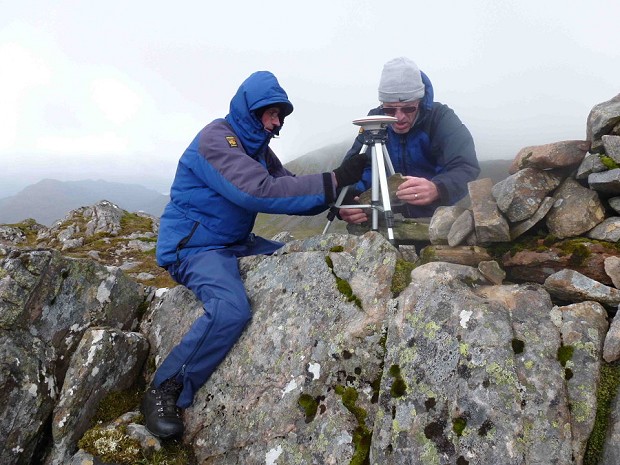



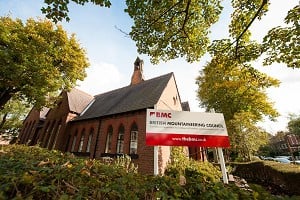



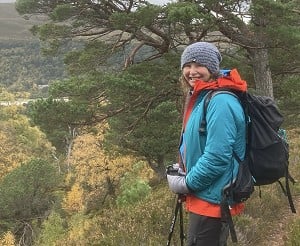
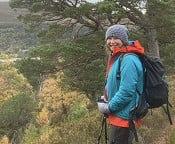

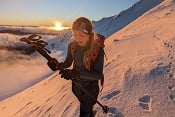
Comments